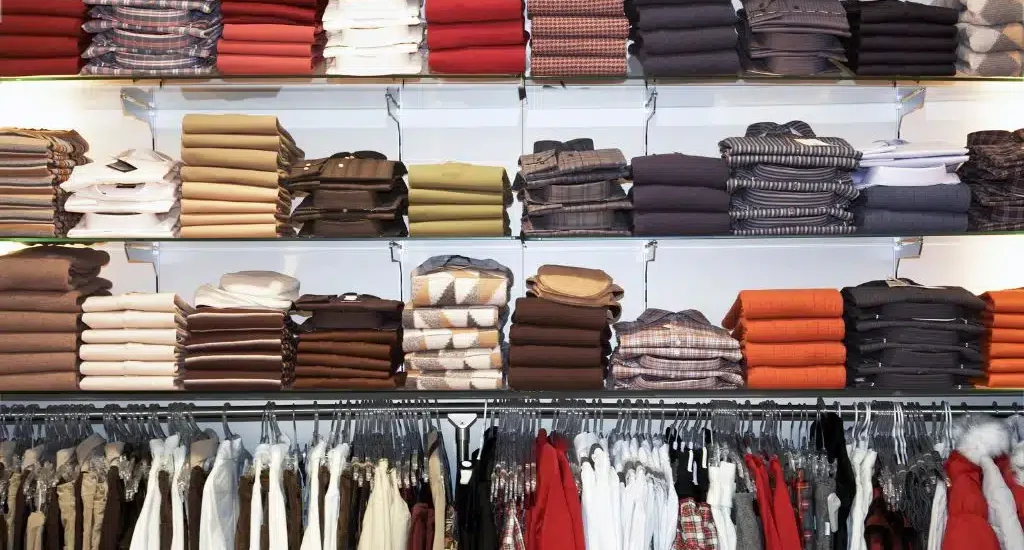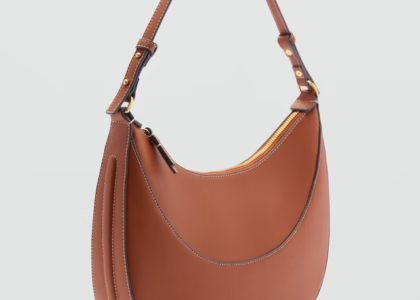Sustainability is no longer optional—it’s essential. Here’s how the evolution of fast fashion is becoming more earth-conscious:
- Eco-friendly fabrics such as organic cotton, bamboo, and recycled polyester are dominating collections.
- Brands like Patagonia are setting benchmarks for sustainability.
- Carbon-neutral supply chains and biodegradable packaging are industry must-haves.
- Waterless dyeing technologies are reducing environmental impact dramatically.
👉 Related: Sustainability in Fashion: Leading Brands to Watch
Explore the bold elegance of luxury with our full feature on Tom Ford Fashion and Fragrance.
🤖 AI & Tech Are Powering the New Fashion Frontier
AI is fueling the fast fashion evolution by creating smarter, leaner, and more creative systems:
- AI-powered trend forecasting helps brands react in real-time.
- Automated pattern-making speeds up production with minimal waste.
- Virtual fitting rooms are slashing return rates and waste.
- Tools like Vue.ai and Zalando’s AI lab are setting global standards.
💡 Read more: How AI is Transforming Retail and Fashion
The Conscious Consumer in the U.S. & Germany
Shoppers in both regions are redefining priorities and steering the evolution of fast fashion:
- U.S. consumers seek brands that reflect ethical values and support local production.
- German shoppers emphasize eco-consciousness and longevity in clothing.
- Hybrid shopping models that blend online and offline experiences are booming.
🔗 Explore: Top Fashion Trends of 2025
Gen Z Pushing Transparency in the Fast Fashion Evolution
Gen Z is rewriting the fashion rulebook and demanding:
- Sourcing transparency, visible through QR codes and blockchain tracing.
- Brand inclusivity and authentic storytelling.
- Purpose-driven initiatives, like H&M’s Conscious Collection.
🧠 Gen Z isn’t buying blindly—they’re buying mindfully.
Resale, Rentals & the Circular Fashion Revolution
One of the most exciting aspects of the evolution of fast fashion is the rise of circular models:
- Resale platforms like Vinted and Poshmark are mainstream.
- Rental services like Rent the Runway and Unown are booming.
- Brands like Levi’s offer repair and reuse programs.
Why Circular Fashion is the Future of Style
🚀 Fashion Giants Leading the Transformation
Several fashion giants are accelerating the evolution of fast fashion:
- Zara: Deploying AI-powered sustainability dashboards and closed-loop design processes.
- Adidas: Launching fully recyclable shoes made from ocean waste.
- Arket (H&M Group): Merging slow fashion principles with the accessibility of fast fashion.
Climate Change & Economics Are Reshaping Fashion
Here’s how macro forces are shaping the fast fashion future:
- Nearshoring is becoming more common to avoid global supply chain risks.
- Raw material costs are driving innovation in fabric alternatives like mushroom leather and pineapple fiber.
- EU regulations are enforcing stricter standards on textile waste and sustainability reporting.
The Evolution of Fast Fashion Is Just Beginning
In 2025, fast fashion isn’t just about speed—it’s about smart design, sustainability, and storytelling. The evolution of fast fashion is here to stay, and it’s being built by those who care deeply about people, planet, and progress.
Whether you’re a trend lover, a brand owner, or just fashion-curious, this is your moment to embrace a more conscious, creative, and connected era.
📬 Stay updated: Subscribe to our blog for weekly trend forecasts, sustainable style tips, and interviews with fashion disruptors.











